4 Examples Of Technology In The Special Education Classroom
Technology in classrooms can often allow students with special needs to learn without a special curriculum.
Technology in classrooms can often allow students with special needs to learn without a special curriculum.
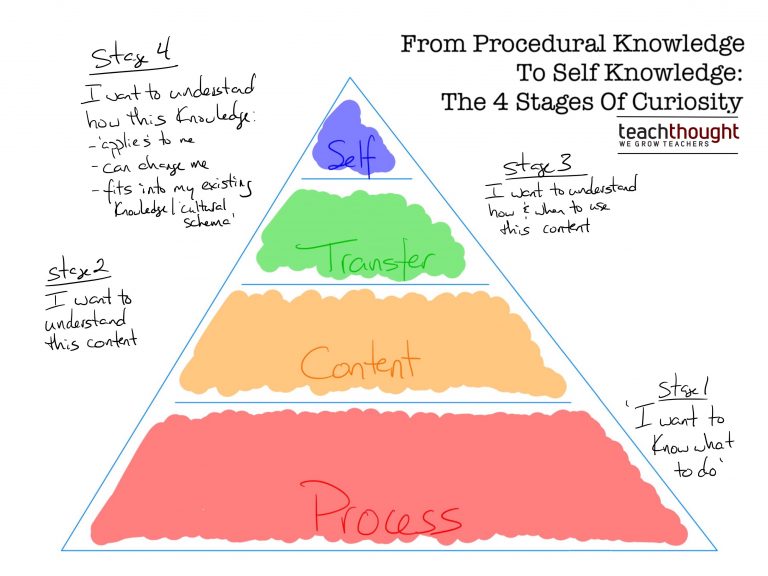
In the first stage of curiosity, students are primarily concerned with procedural knowledge: What they’re supposed to do and how.
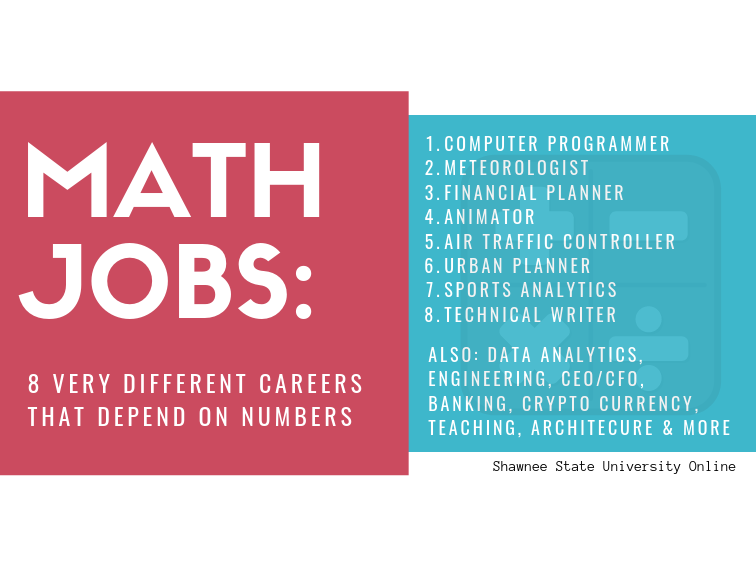
Math jobs from engineering and meteorology to financial planning & research are increasing as technology deepens its cultural relevance.
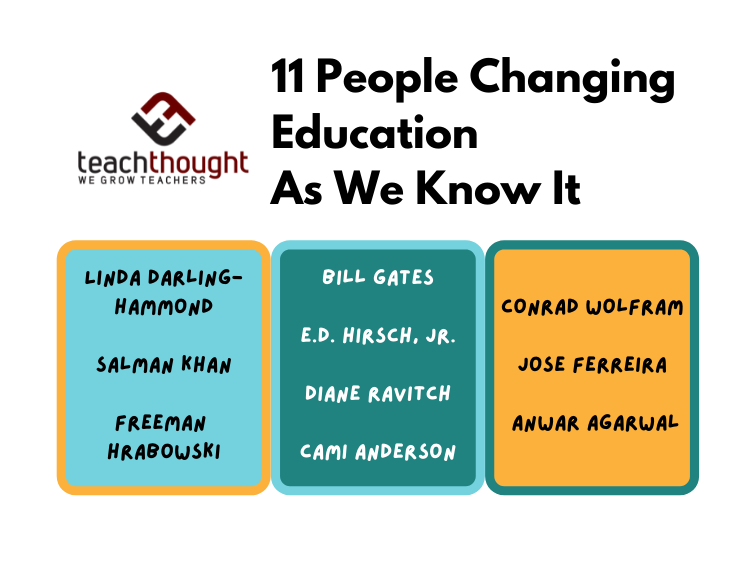
These individuals have cemented their place as forces of educational change by being outspoken advocates and leaders in innovation.
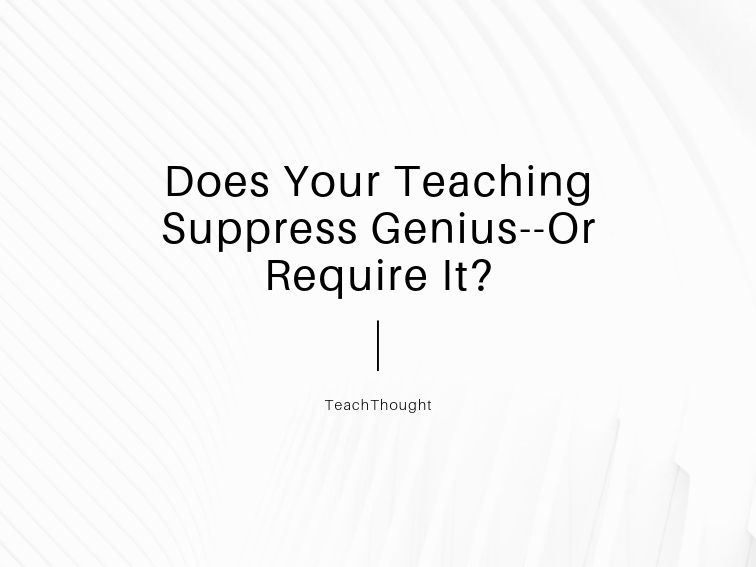
What happens when, after demonstrating mastery of every standard we can think of, students are exceptional at absolutely nothing?
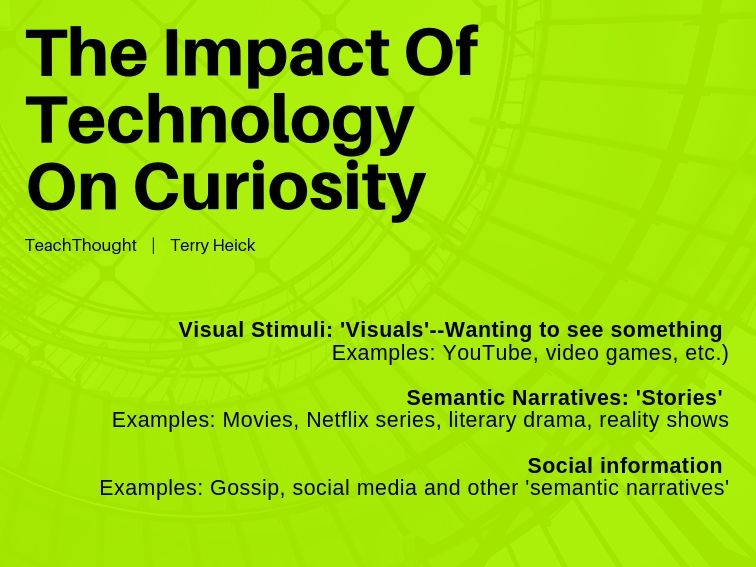
Understanding the impact of technology on curiosity suggests that we first understand the role of curiosity in the learning process itself.
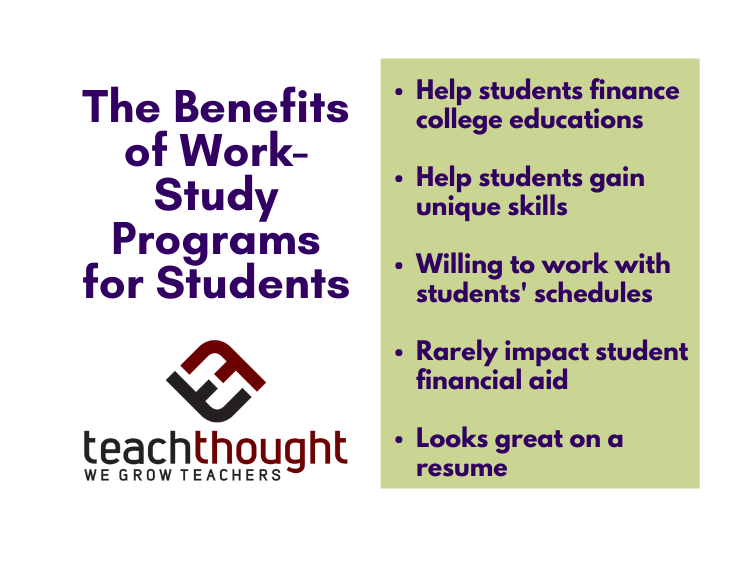
The benefits of a work-study program include flexible scheduling and the ability to gain non-academic skills & experience outside of class.
Carl Sagan’s ‘The Pale Blue Dot’ has been the voiceover for countless YouTube videos over the years, but this one is the best I’ve seen.
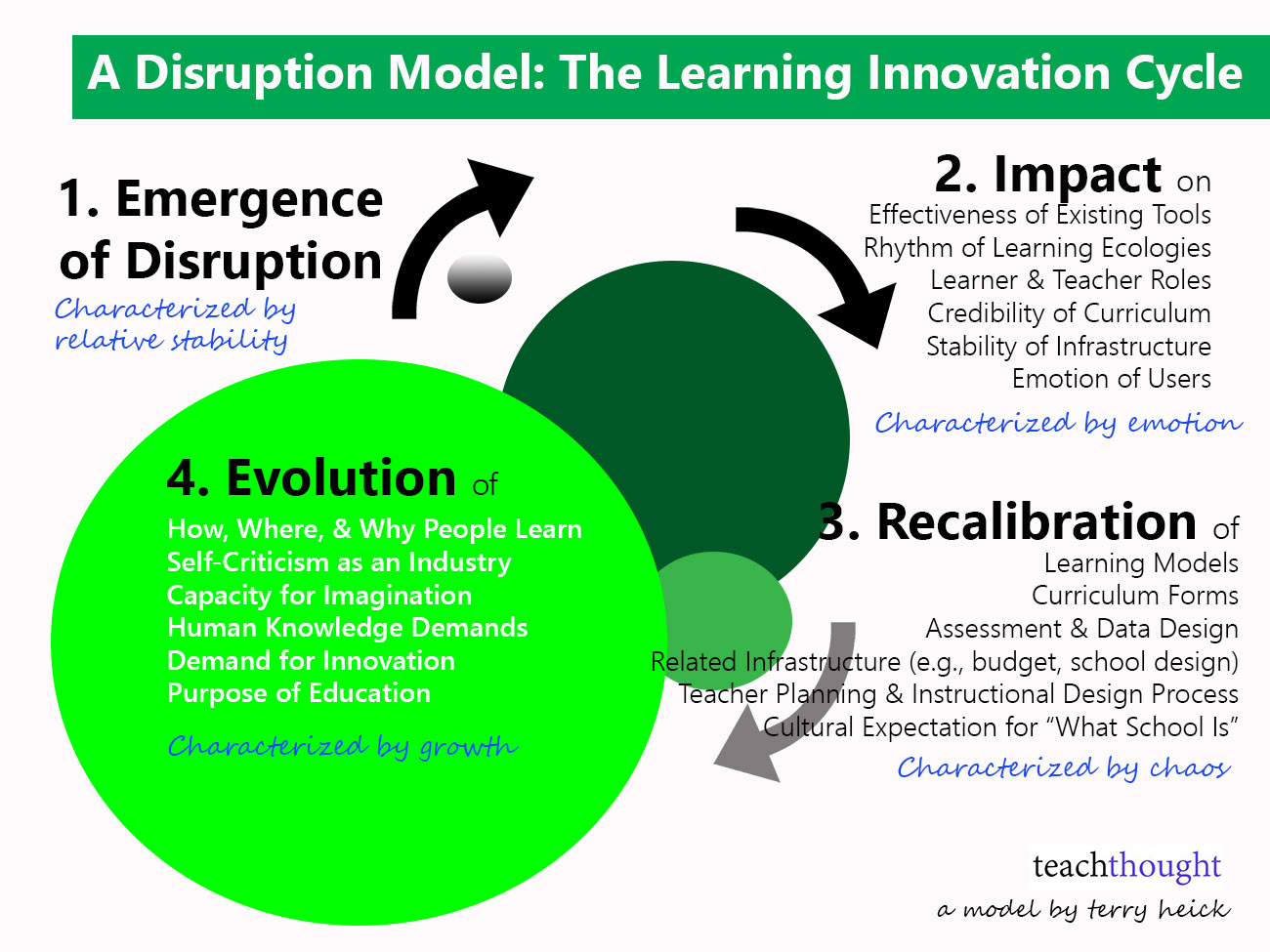
One goal for disruption in education could be the ongoing emergence of new ideas–new learning models, content, new strategies and thinking.
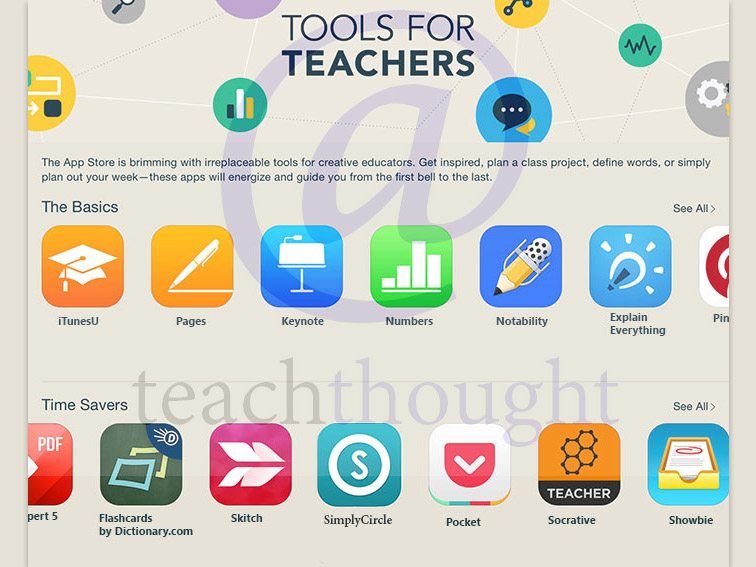
From grading to file sharing and communication tools, the best organization apps for teachers all have one thing in common: they save time.
Reading is personal but we often focus on the mechanics instead of the people and the strategies instead of the living and breathing happening around us.
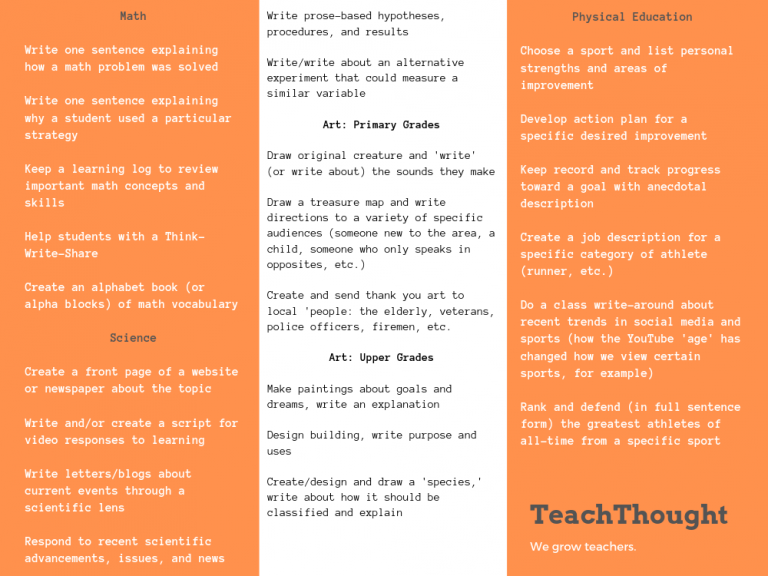
Writing in other subjects can be accomplished with strategies like layering, where students build background knowledge and learn vocabulary.